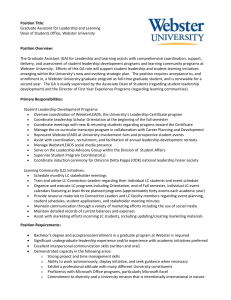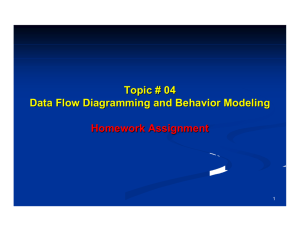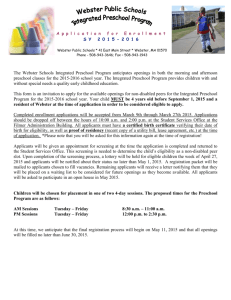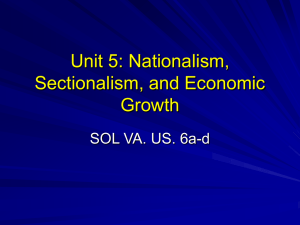Rise of Cultural Nationalism in the late 18th & early 19th centuries
advertisement
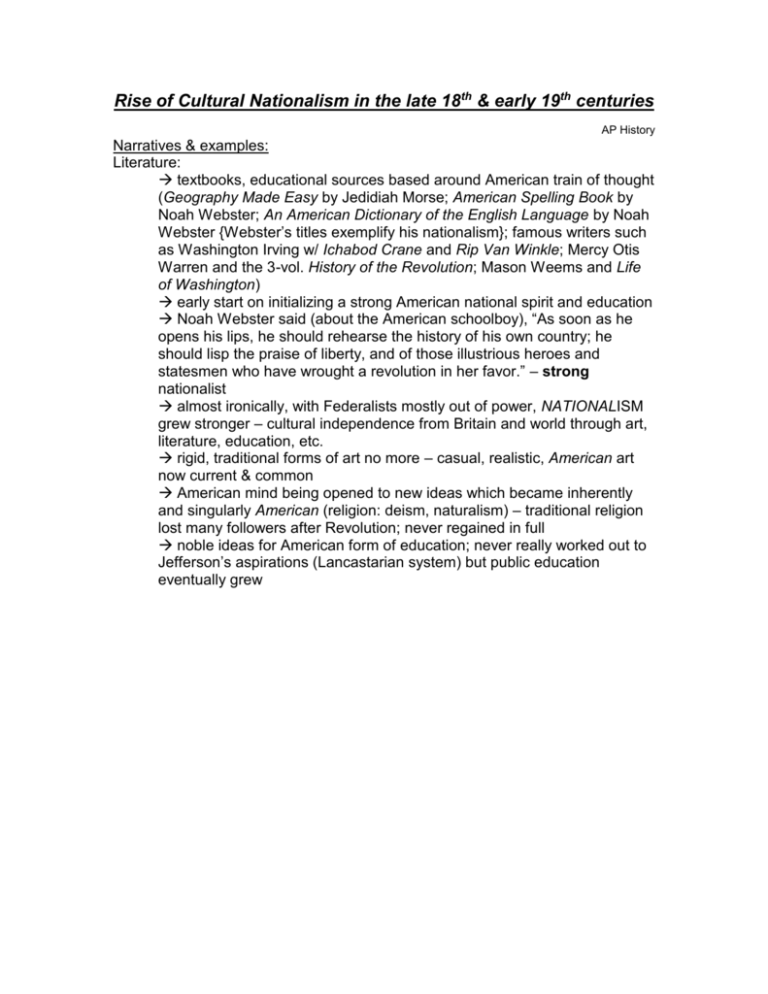
Rise of Cultural Nationalism in the late 18th & early 19th centuries
AP History
Narratives & examples:
Literature:
textbooks, educational sources based around American train of thought
(Geography Made Easy by Jedidiah Morse; American Spelling Book by
Noah Webster; An American Dictionary of the English Language by Noah
Webster {Webster’s titles exemplify his nationalism}; famous writers such
as Washington Irving w/ Ichabod Crane and Rip Van Winkle; Mercy Otis
Warren and the 3-vol. History of the Revolution; Mason Weems and Life
of Washington)
early start on initializing a strong American national spirit and education
Noah Webster said (about the American schoolboy), “As soon as he
opens his lips, he should rehearse the history of his own country; he
should lisp the praise of liberty, and of those illustrious heroes and
statesmen who have wrought a revolution in her favor.” – strong
nationalist
almost ironically, with Federalists mostly out of power, NATIONALISM
grew stronger – cultural independence from Britain and world through art,
literature, education, etc.
rigid, traditional forms of art no more – casual, realistic, American art
now current & common
American mind being opened to new ideas which became inherently
and singularly American (religion: deism, naturalism) – traditional religion
lost many followers after Revolution; never regained in full
noble ideas for American form of education; never really worked out to
Jefferson’s aspirations (Lancastarian system) but public education
eventually grew
Cultural Nationalism Essay
The late eighteenth and early nineteenth centuries were an interesting era
in American history. Ironically, with the Federalists nearly completely out of
power, Cultural Nationalism took its hold on American society. The American
people opened the gateway to cultural independence and distinctiveness through
literature, art, religion, and education during the Jeffersonian Era.
The literature of the late eighteenth and early nineteenth centuries
exemplified the American spirit perhaps more than any other factor. Noah
Webster, who wrote two educational source-books, was a strong nationalist and
ensured that there was no doubt of this. Including one key word in his titles, An
American Dictionary of the English Language and American Spelling Book,
separated these references from all previous ones. Webster’s American books
established the English language in an American sense. So substantial was
Noah Webster’s contribution that copies of Webster’s Dictionary can be found in
almost every classroom and library in America. As Webster once said, “[The
American schoolboy,] as soon as he opens his lips, he should rehearse the
history of his own country; he should lisp the praise of liberty, and of those
illustrious heroes and statesmen who have wrought a revolution in her favor.”
Webster, though, was not the only prominent American writer of this time. The
famous Washington Irving wrote what was, and still is, some of the most
recognized early American fiction. Distinguished by characters like Ichabod
Crane and Rip Van Winkle, Irving’s stories are still read and told today. Other
less famous, but still important, writers include Mason Weems and Mercy Otis
Warren. Weems wrote Life of Washington, which included the ever-famous
story of George Washington and the cherry tree, while Warren completed a
three-volume documentary called History of the Revolution. Cultural Nationalism
was surely influenced by literature at this time, as seen by these examples.
Art of the Jeffersonian Era was of a casual and relaxed manner. Pieces
such as Bargaining for a Horse by William Sidney Mount and Kindred Spirits by
Asher Durand show great contrast to paintings similar to the stiff, rigid, and
traditional Ann Pollard, which was painted in 1721. This style of art became
distinctively and singularly American in taste, characteristic of the new nation and
no other.
Traditional religions suffered greatly after the Revolution. This was due,
possibly, to the Anglicans being British supporters and the Quakers being
opposed to individual liberty. Another harmful element to religions such as
Anglicanism was the separation of church and state. This became a fatal blow
to traditional practices and the groups who freed themselves from England to
practice in America were now finding that their religions were breaking up. Ideas
from the Enlightenment such as deism, humanism, and naturalism influenced the
American mind. The Second Great Awakening and revivalism contributed to a
small recovery of traditional practices of religion but never again did they fully
gain their previous involvement in social or cultural issues. The ability to worship
freely and choose religions made America even more distinct.
An American form of public education was a hope of Jefferson and his
followers. The Lancastarian system, educating a student to a certain point then
having them take a test to establish if they would continue in educational
endeavors, never succeeded but the essential idea of public education stayed
alive and produced the public shooling America has today.
Cultural Nationalism was indeed a strong influence on American literature,
art, religion, and education in the Jeffersonian Era. Many saw the establishment
of American spirit necessary and began early in the country’s history. The seed
of America’s cultural roots was planted early so as to grow the culture of society
as known today.
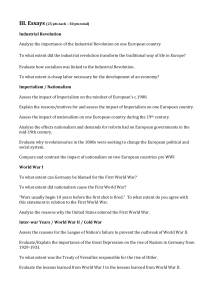

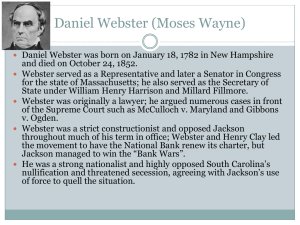
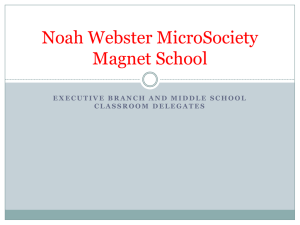
![“The Progress of invention is really a threat [to monarchy]. Whenever](http://s2.studylib.net/store/data/005328855_1-dcf2226918c1b7efad661cb19485529d-300x300.png)

